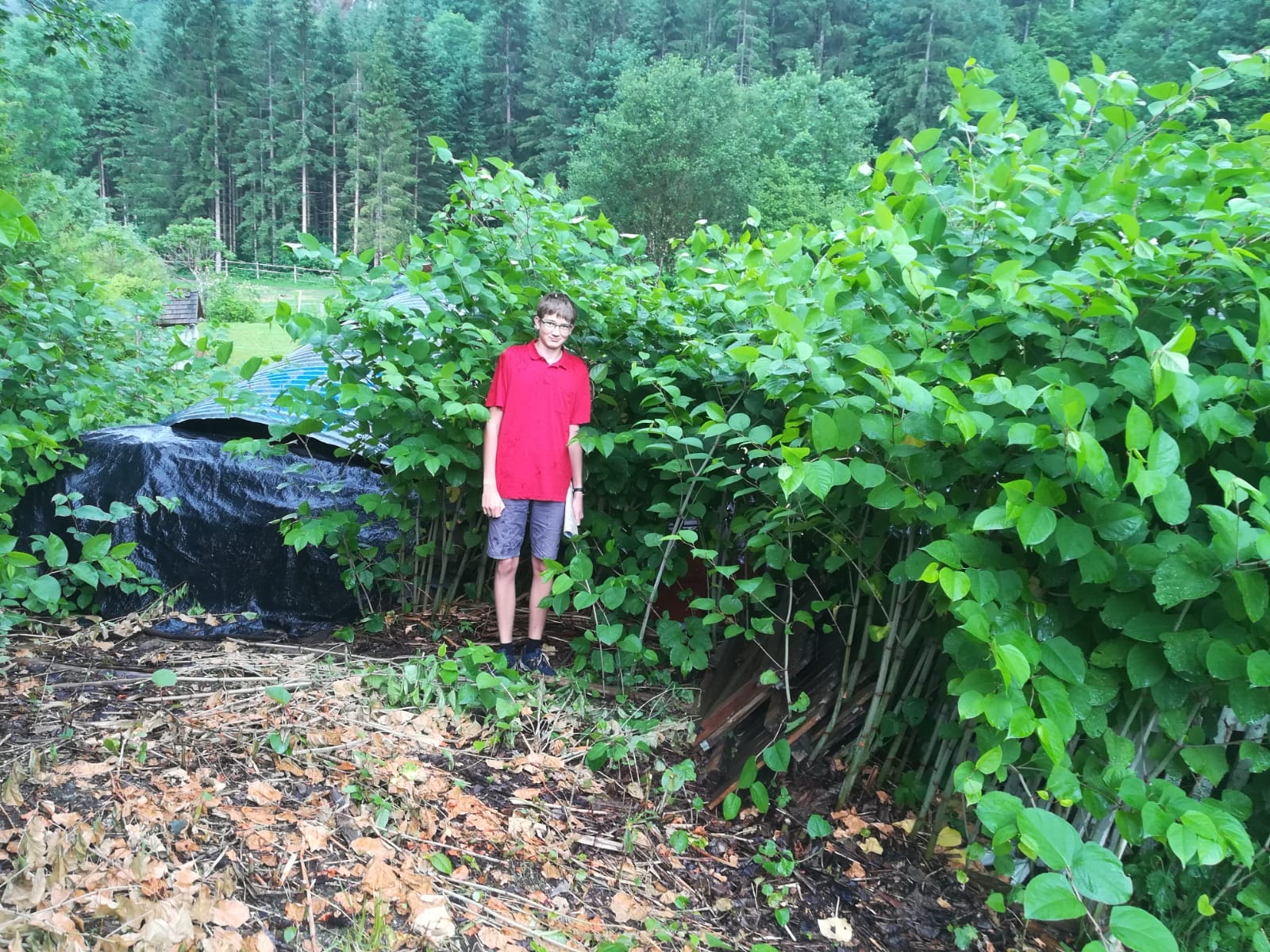The roots grow 3-4 meters deep and the root runners can penetrate all types of structures and cause major damage. The fast-growing perennials grow to over 2.50 meters high, are extremely invasive and form mass populations, so that the native, site-adapted, slope-stabilizing vegetation is displaced. The death of above-ground plant parts in autumn increases the risk of erosion along bodies of water. The plant species represents a significant problem in areas that are valuable for nature conservation purposes, especially along bodies of water, in alluvial forests, wet habitats and wastelands, but also along railway lines or roads. In many regions of Europe, especially in protected areas, measures to actively combat knotweed are being tested. The topic of the research project therefore has European relevance.
The HBLFA Raumberg-Gumpenstein team is working with students to research the plant's propagation behavior under various conditions. The experience gained and the different control methods tested are collected in a set of instructions. So far, two Matura theses have been successfully completed at the HBLFA Raumberg-Gumpenstein on this topic.








